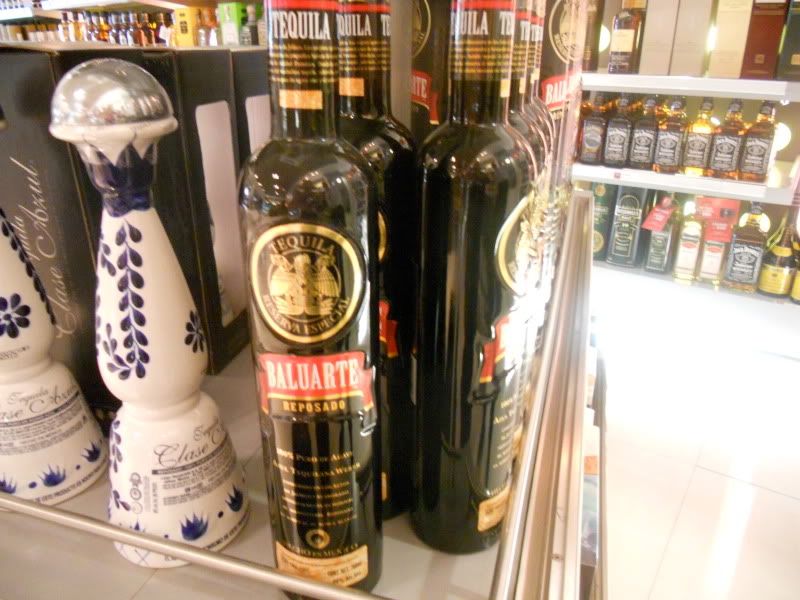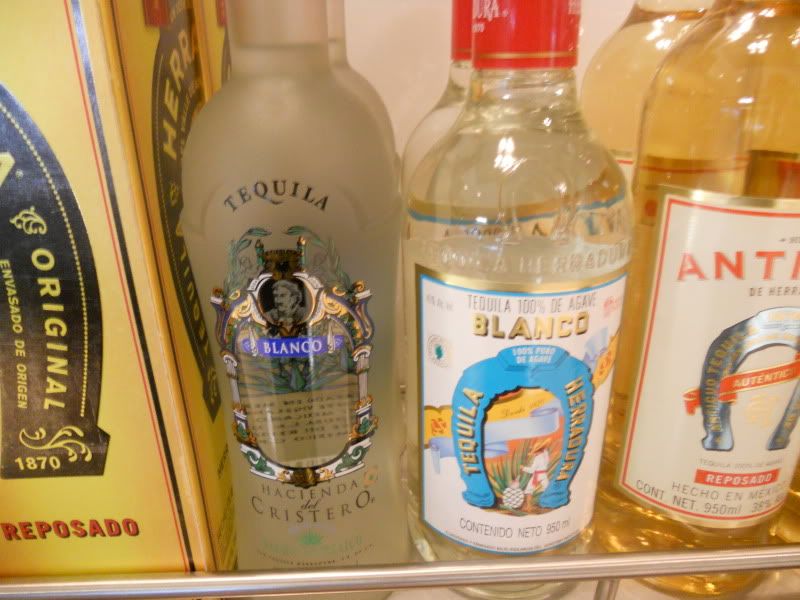This diary series covers my trip to the Mexican state of Jalisco to study the effects of NAFTA and the Green Revolution on subsistence farmers in rural areas. The trip began with a few days in Guadalajara, the largest city in the state. Then we headed to the rural town of Cuquio, about an hour and a half away, for the remainder of the trip. This diary is about our talk with a local microlending cooperative.
If reading about the people I've visited inspires you to help, you can
donate to the Center for Farmworker Families. Every penny given goes directly to these families for clothes, shoes, food, school supplies, and more.
Microlending, if you aren't familiar with it, is an amazing way to lift people out of poverty. Normally, I am a strong supporter of microlending. I was blown away by Nobel Peace Prize winner Muhammad Yunus' book
Banker to the Poor which details his founding of the Grameen Bank, a microlending network in Bangladesh. If you go to his website, you can read an excerpt from the book about his first microloan.
Yunus met a 21-year-old woman named Sufiya who was making a bamboo stool. She bought the bamboo for five taka, about $.22. To get the five taka, she borrowed it from middlemen. At the end of each day, she sold her bamboo stools back to them for five taka and fifty poysha, giving her a profit of fifty poysha, or two cents. Another option she had - a worse option - was to borrow from a moneylender to buy her bamboo. The moneylender charged 10 percent per week or more.
Yunus followed up by finding out how many others in that town were in Sufiya's situation. He found 42 people borrowing a total of 856 taka - less than $27. He says in his book, "My God, my God. All this misery in all these families all for of the lack of twenty-seven dollars!" Instantly, he handed out the loans amounting to $27, telling the people to repay him whenever they could, with no interest. He says:
Usually when my head touches the pillow, I fall asleep within seconds, but that night sleep would not come. I lay in bed feeling ashamed that I was part of a society that could not provide twenty-seven dollars to forty-two skilled persons to make a living for themselves. It struck me that what I had done was drastically insufficient. If others needed capital, they could hardly chase down the head of an economics department. My response had been ad hoc and emotional. Now I needed to create an institutional answer that these people could rely on. What was required was an institution that would lend to those who had nothing. I decided to approach the local bank manager and request that his bank lend money to the poor. It seemed so simple, so straightforward. I fell asleep.
And, thus, microlending was born. Yunus founded the now-famous Grameen bank, making loans to people who would not even be able to read the forms one must fill out to get a loan from a bank, let alone qualify for those loans.
With the story of Muhammad Yunus in mind, I was ecstatic when Ann announced we would be meeting with a local microlending collective. And yet, when we met them, I was almost immediately disappointed.
Most of Cuquio's microloans are for agricultural purposes. Some are for cattle, most are for corn. A small percent who don't take out microloans for agriculture typically start small businesses. We visited one such small business, a tiny store selling painted ceramics. I believe the store belonged to one of the women we met with, a woman who told us that if it weren't for the microlending cooperative, she would not have been able to send her son to college. He is now in Guadalajara studying to become a lawyer.
Most of our conversation was about the nuts and bolts of the lending program. Where the collateral comes from, how a loan is restructured if someone cannot pay it back due to a bad harvest, etc. Much less was devoted to inspirational success stories of Mexicans starting thriving businesses, lifting themselves out of poverty via microloans.
What I did gather is this. Typically, when a small farmer takes out a microloan for agriculture, he or she (a significant percentage of loan recipients are women, which is especially wonderful given that women's lib has
not reached rural Mexico yet) uses the money to purchase hybrid or genetically engineered seeds and the requisite agrochemicals to go with them. We didn't cover the specifics but I'd guess some might rent tractors as well.
One of the microlending representatives who met with us echoed what Juan Alba told us before, that yields for
maiz criollo are low because the cornstalks grow tall and the wind knocks them over. He assured us that so-called improved seeds and agrochemicals were the best way to secure an increased yield. Then, I assume, a farmer would set aside what he or she needs to feed his or her family for the year and sell the rest at low prices (thank you, NAFTA!) to cover the cost of the loan.
If your crop fails and you cannot pay back the loan, you would restructure your loan, essentially taking out an even larger loan to pay back for the next year. (The example they gave is if you took out $2000 last year and your crop failed, you would take out an additional $1000 for next year, and now you will owe the interest on the $2000 for both years, interest on $1000 for this year, and the principle for all $3000 after next year's harvest.)
Here's the problem with this. First of all, consider that Juan Alba has found that
maiz criollo, compost, and a small amount of chemical fertilizer can produce yields of seven to ten metric tons per hectare (up from a mere 2 tons/hectare using
maiz criollo and no compost or fertilizer). This is competitive with anything one can produce using hybrid seeds. Planting trees and windbreaks and adding lime to raise the soil pH might help increase the yield further. Furthermore, if, after using Juan's methods, you cannot afford more compost or other inputs, your soil organisms are still alive and healthy, and you won't take suffer losses for no longer purchasing soil inputs. More likely, your soil will be healthier than it was before, more able to absorb water than it was before, and thus better adapted to help your crops survive droughts and floods.
On the other hand, the industrial inputs peddled by multinational agribusiness corporations are the equivalent of a drug that addicts your land. Once you switch to their seeds and the chemicals required to go with those seeds, you kill your soil. Next year, you
must find a way to afford those chemicals once again because you'll suffer a greatly reduced output if you do not. For the subsistence farmers we met, that would mean starvation.
These industrial methods lead to the environmental problems we observed in Jalisco - namely heavy erosion and pesticide contamination. It's not just the frogs that die from the pesticides in Jalisco, because the poorly educated
campesinos suffer from them too. Deaths are reported each year, and many don't die but suffer in other ways. We met one woman whose daughter became sterile from the fumes she inhaled while working in an agrochemical retail store.
At some point, this will come to a head. As land becomes more and more degraded, it requires more and more chemicals to keep producing corn. With the price of corn decided by the global "free" market, in which Mexican
campesinos compete with Iowan farmers who are subsidized by the U.S. government, corn will always be cheap. When the cost of the chemicals outweighs the price of the harvested corn, even the best microloan won't save you. In India, farmers sometimes deal with this by drinking pesticides to commit suicide. When I inquired, I was told that suicide wasn't a problem in Jalisco. Probably because farmers know they have the option of going to the United States instead.
I was sad to find out that the microlending program in Jalisco wasn't going to be the salvation that it was in Bangladesh, at least not for those who use it to buy Green Revolution technologies. I think this shows that sometimes microlending needs an accompanying education program to make it work. There are successful agroecology training programs helping subsistence farmers all over the world, but not in this little corner of Jalisco. At least, not yet.

